Today is the start of a new series called “How We Work! Behind the Scenes at Next Day Animations”. Each month we’ll take you behind the scenes and dive into our process.
And it makes sense to kick this off with one of the first things that happens while making an animation… scripting.
Scripting Starts Before the Kickoff Call
Before our kickoff call, we ask that you complete a questionnaire about your goals, branding, audience and industry.
As we review your completed questionnaire, we make notes of questions we have, potential objections a viewer might have, and a few ideas of how we might visually show your content to run by you on the call.
Initial Draft
We like to hit the ground running- that’s why as soon as your kickoff call is done, we’ve already booked time on our internal calendar for brainstorming, outlining and writing your first draft. We like to get this done ASAP.
Why the sense of urgency?
Because we love getting the initial draft done quickly. It gets the project timeline off to a great start and your words are as clear in our minds as they will ever be.
Is There a Script Template?
We’re sometimes asked if we have a Madlibs-like template for scripts… and the answer is… sort of?
Here’s what we mean: each script is unique, but the fundamentals of writing a great script are always going to be the same. We approach the topic from the point of view of your audience, start with a hook that they care about, sell the problem AND THEN sell the solution… followed with a call to action. (Boom- you just went to scriptwriting school.)
Collaboration
So we can’t make a great script without your help.
You’re the expert in what you do, who your audience is, what they know and what they care about. And we’re the experts in writing compelling and emotionally-driven scripts that hook the audience’s attention, keep ‘em watching and drive them to take action.
The best scripts combine our powers- that’s why the next step is typically sending a working copy back and forth for edits.
The shortest process for revisions are when scripts are approved upon the initial draft (10% of the time). The longest process of scripts are when the script continues to evolve after the script has been signed off (again, about 10% of the time). The majority of scripts are approved after 2-4 rounds of revision.
The Master Script Checklist
At our 2015 staff retreat (our Guatemala adventure), we realized about a third of all scripts had changes made after script sign-off. To understand why this was happening, we looked back at the projects and compiled a list of reasons why the scripts had changed. A few examples:
- Incorrect contact info
- Legal department required changes after viewing the first draft of the animation
- Wording too technical
Working backwards from this master list of about 30 reasons, we were able to develop a checklist for clients to use before signing off.
Eureka! It worked! Since using this checklist, script changes beyond script sign-off have been reduced by an estimated two-thirds.
That means faster turnaround time and fewer re-record fees, which is a win for everyone.
We hope this post has demystified what goes on behind the scenes when your script is being developed. Stay tuned for more How We Work episodes to come!
If you have an idea for a script, but nothing yet written… it’s the perfect time to call.


